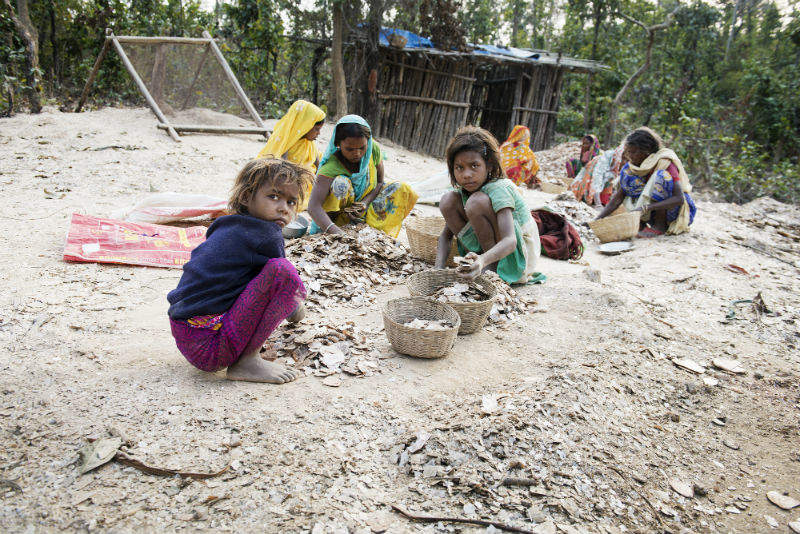So, What does Slavery have to do with Makeup?
When I shop for makeup, I consider several different things: Is it all natural? Does the makeup company test on animals? However, I never stop too long to think about how makeup is made. If you’re anything like me, you enjoy wearing makeup that may have some shimmer to it. Although it makes us feel pretty and boosts our confidence, most shimmery makeup contains an ingredient called mica - an ingredient often available as a result of labor trafficking.
Mica is found in multiple places all around the world, but according to The Guardian, India is responsible for up to 60 percent of global mica production. Because a lot of people in India live below the poverty line, children as young as five-years-old are forced to play a role in the manufacturing of mica. Rather than be given the opportunity to attend school, these children spend day after day in mines, chipping away at large pieces of mica to break it up into sellable pieces.
Not only do these children suffer exhaustion from the extensive physical labor, but they can also contract many diseases as a result of dust inhalation. The dust causes asthma and various lung diseases, all of which create sensitivities to cancer and tuberculosis. In need of dire medical attention, many families go into debt just to pay for medication. This debt leads to more time in the mica mines so that it is able to be paid, and the cycle continues from there.
"Mica is not a problem, nor is mica mining," says Liz Van Velzen of the child relief agency, Terre des Hommes. She explains that mica extraction—done responsibly—can help lift entire populations out of poverty. "If the mining companies would pay living wages and make sure working conditions met international standards, parents would be able to work safely and earn enough to provide for their families and send their children to school."
Indian law is blatantly ignored, as it is against the law for anyone under the age of fourteen to work. The Ministry of Mines, an organization responsible for survey and exploration of all minerals, other than natural gas, petroleum and atomic minerals, is working very hard to destroy this awful epidemic. They plan to provide a new type of license that will only be given to mine operatives who agree to obey the labor and environmental standards that are in place, such as not using child labor.
Mica is just one ingredient in make-up at risk of being produced by forced labor. Knowing more about our makeup products and what goes into them can empower us to make a change. By switching to products that purchase these products legally, we can take a stand against child labor. We’re still learning about this connection between slavery and make-up. Have tips or ethical make-up brands you love? Tell us in the comments!
About the Author
Hannah Blair is a psychology major with an end goal of counseling survivors of human trafficking, such as herself. She is currently pursuing a certification in Biblical counseling and is excited to be a part of Dressember! She enjoys running, cooking, and most importantly, napping.





